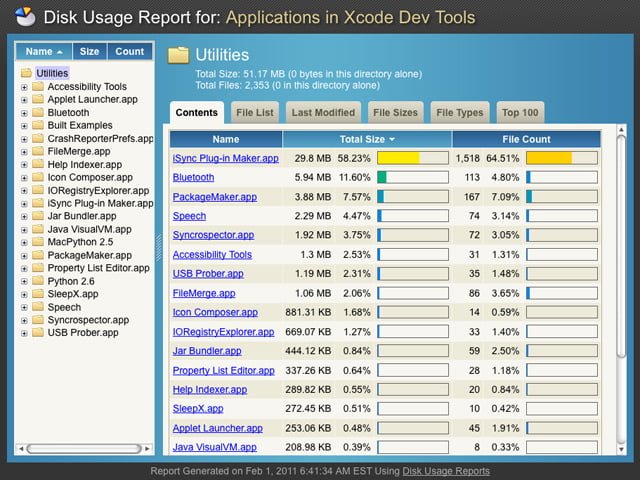We currently offer the File Transfer Protocol (FTP) as the main interface to the website files located on our systems. In addition we support encrypted FTP (Implicit and Explicit) if you need additional security when using FTP to transmit data. You can use FTP to upload and download your website files using the FTP login information that was provided in your welcome email (contact us if you lost this information). The FTP client software we suggest for our customers is “FileZilla“, which is available for multiple Operating Systems. The only prerequisite we have is that “Persistent Mode” is turned on, which is normally the default setting.
We do not offer a control panel with website disk usage reports that is available on a global basis due to security and availability concerns. If you wish to have a disk usage report available for your website, you can easily use FTP to upload your own disk usage report software. We currently suggest the following software for disk usage reports:

Disk Usage Reports is a free Ajax space usage reporter with an easy-to-install explorer for remotely viewing disk usage on a web server. Its “rich client” layout and actions make it accessible to any end-user for a variety of reports. Only PHP (4 or 5) is necessary, no database needed.
All rights reserved. Copyright © 2000-2025 Imageway, LLC.